Heel pad syndrome and plantar fasciitis both cause heel pain, but they affect different areas and have distinct characteristics. Further reading and differential diagnoses of heel pain: Heel Pain : Mnemonic Plantar Fasciitis Heel Pad Syndrome Definition Inflammation of the calcaneal origin of plantar fascia Traumatic irritation of the specialized…
Tag: Musculoskeletal system
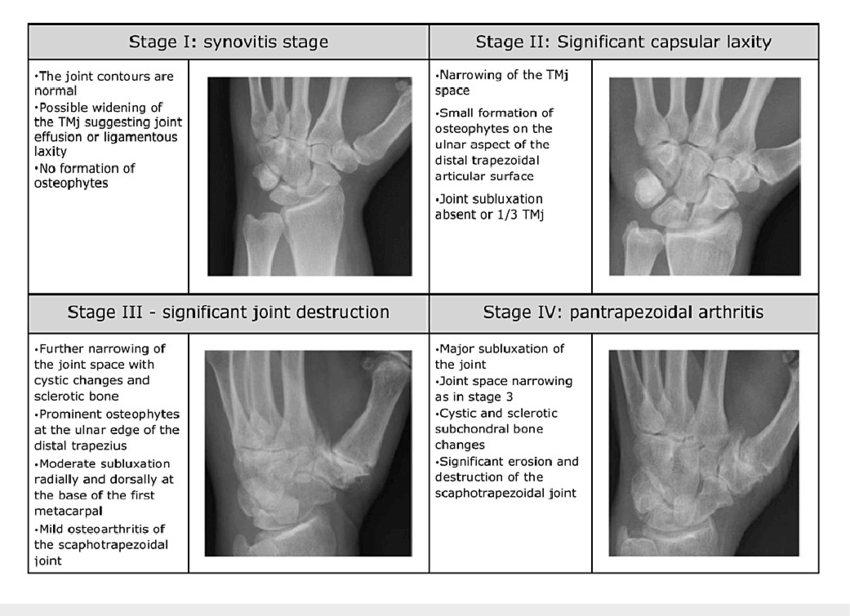
Basilar Thumb or 1st CMCJ Osteoarthritis
Tips to remember this classification include: Eaton Stage Joint Subluxation Osteophyte Surgery I 1st CMCJ widened <1/3 No Volar Ligament Reconstruction II 1st CMCJ narrowed <1/3 <2 mm 1. Ligament reconstruction with tendon interposition (LRTI) 2. Single interposition 3. Suspensionplasty 4. Metacarpal osteotomy III 1st CMCJ severely narrowed ≥1/3 >2…

Scapular Dyskinesis
Definition: Abnormal scapular motion which may refer to – Causes: 1. Primary: Due to abnormalities arising in Scapulo-thoracic articulation, periscapular muscles and nerves 2. Secondary: Response to shoulder abnormalities Types: It is categorized into three main types based on the prominence of specific areas of the scapula during movement. Clinical…
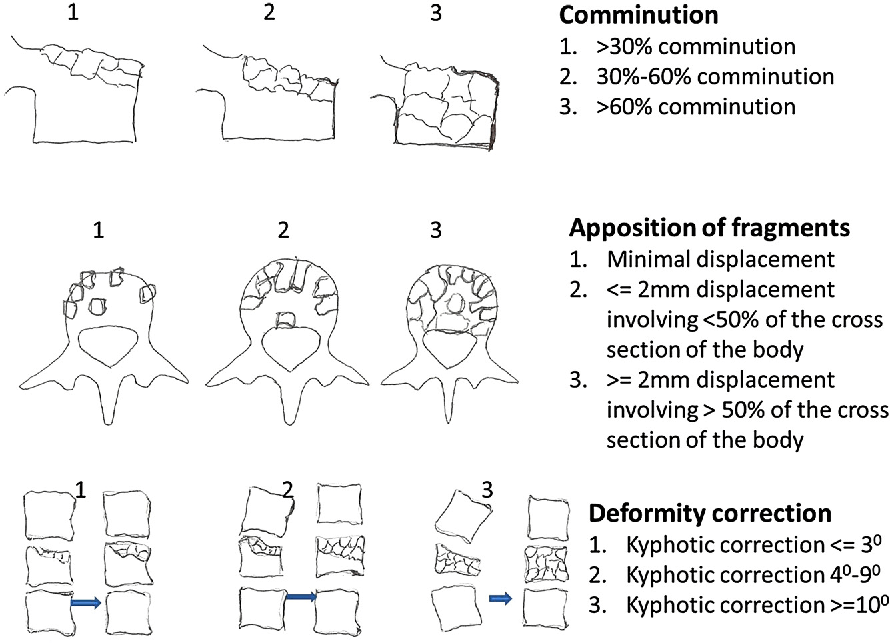
McCormack Load Sharing Classification (LSC)
McCormack classification aims to predict the need for anterior stabilization in addition to posterior fixation in cases of thoracolumbar burst fractures. It considers 3 factors for scoring: Principle: Application of load-sharing principle of long bone fixation (load sharing between implant system and host bone) to surgical treatment of acute thoracic…
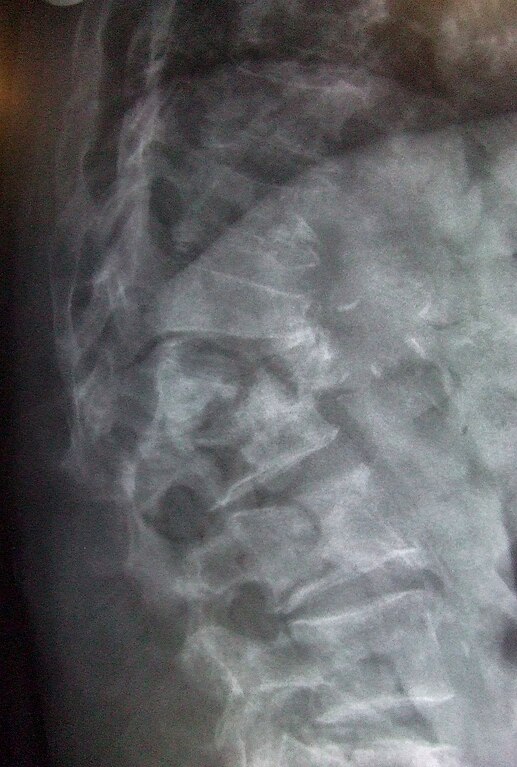
TLICS vs SLICS
Thoracolumbar Injury Classification and Severity (TLICS) and Subaxial Cervical Spine Injury Classification System (SLICS) are based on 3 components of injury: TLICS score and SLICS score provide a scoring system to guide management: Characteristics TLICS SLIC 1. Injury morphology (Radiographs, CT) a. No abnormality 0 0 b. Compression 1 1…

Rheumatoid Thumb – Nalebuff Classification
Type Description Treatment 1 Boutonniere (most common) Synovectomy with extensor hood reconstruction; MCP fusion or arthroplasty 2 Boutonniere with CMC subluxation (uncommon; Type 1 + Type 3) Same as type 1 and type 3 3 Swan neck deformity (2nd most common) Splinting vs CMC arthroplasty; MCP fusion 4 Gamekeeper deformity…
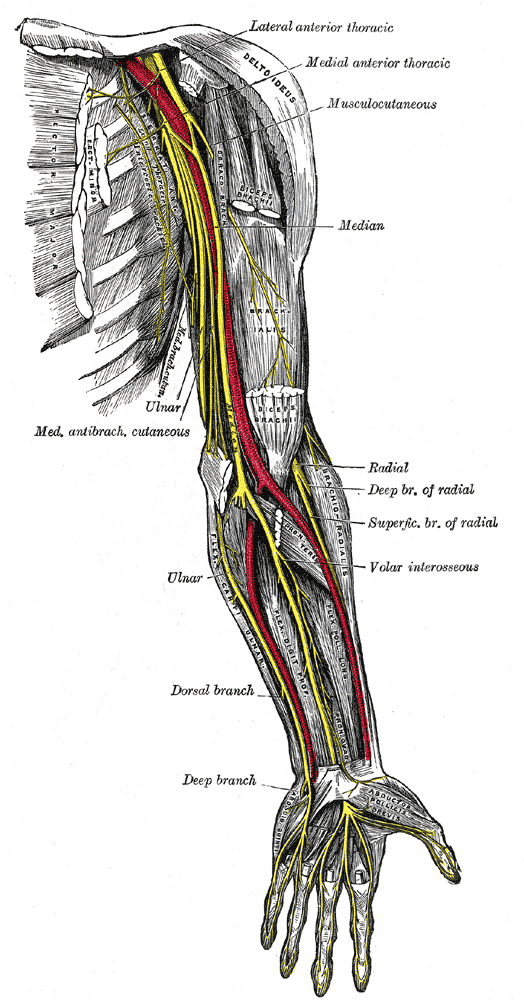
Lateral and Medial Pectoral Nerve : Mnemonic
Mnemonics a. Lateral is Less and Medial is More. b. Major receives 2 innervations and Minor receives 1 innervation. Hence, Lateral pectoral nerve passes through and supplies Pectoralis major. Medial pectoral nerve passes through and supplies Pectoralis major and minor. The lateral pectoral nerve and the medial pectoral nerve form…
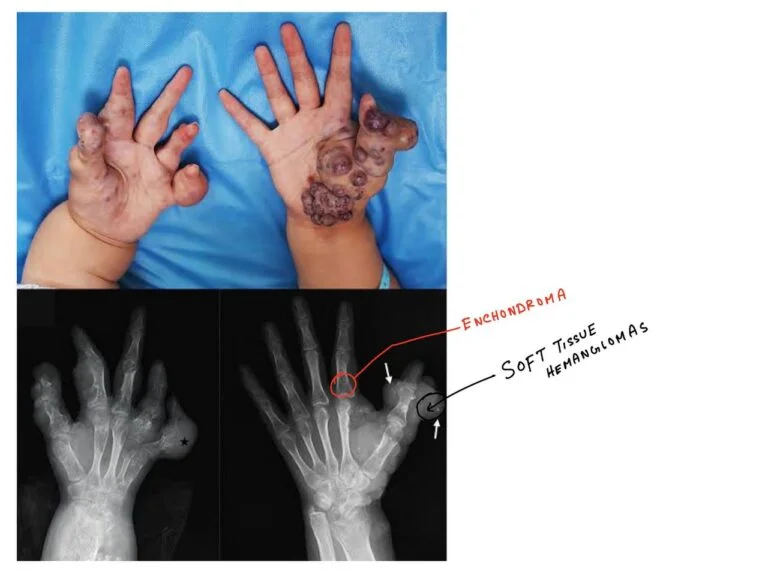
Ollier’s Disease and Maffucci Syndrome : Mnemonic
Ollier’s disease Maffucci syndrome
